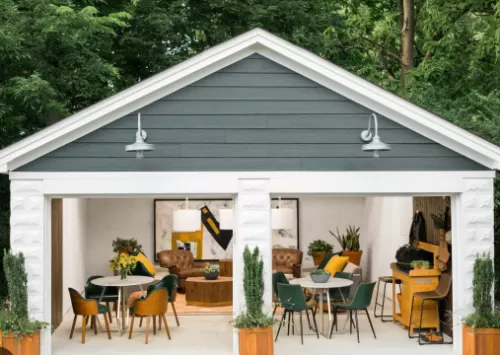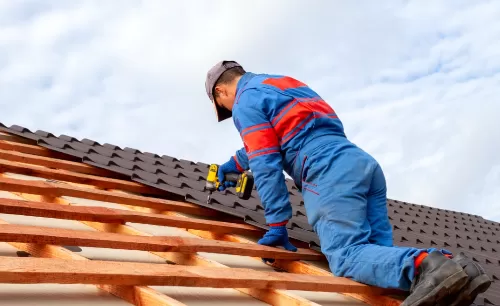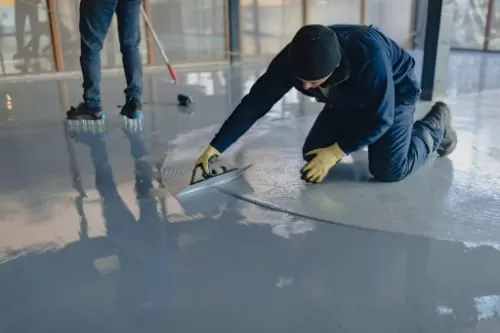Grants Make Walk In Shower Safety Upgrades Possible for Seniors
In the United States, the senior population presents a diverse economic landscape. While some enjoy comfortable retirements with substantial savings, others struggle to make ends meet due to limited pensions or insufficient social security. Seniors also make up a notable portion of the workforce, often continuing to work out of financial necessity. As they age, they face numerous daily challenges, especially in performing basic tasks like showering. Traditional showers can be difficult and dangerous for them, highlighting the urgent need for walk - in showers to enhance their safety and quality of life.
Related searches
Safestep Shower

One Day Tub To Shower Conversion

Bathroom Walk In Shower Installers Near Me

Walk In Showers For Seniors Prices

Walk In Shower Replacement Cost

Elderly Walk In Shower With Seat


The Hidden Dangers of Traditional Showers
Mobility Challenges
Traditional showers demand precise movements that aging bodies often cannot sustain. Climbing over 14-inch tub ledges strains arthritic knees and hips, while standing for extended periods risks dizziness or fatigue. A 2022 Johns Hopkins study found 73% of seniors require handholds to enter standard tubs—a resource absent in most pre-2000 homes. Even minor missteps can cascade into disaster: 80% of bathroom falls occur during shower transitions.
Safety Risks
Slippery surfaces compound these mobility issues. Ceramic tiles and enamel tubs become perilous when wet, with CDC data showing 235,000 senior ER visits annually linked to shower falls. The consequences are severe—hip fractures occur in 1 of every 3 falls, often triggering irreversible declines in autonomy. Walk-in showers mitigate these risks through textured flooring, seated washing options, and curbless designs that accommodate walkers or wheelchairs.
Policy Support for Senior Shower Upgrades
Grant Types and Sources
Federal and state programs now prioritize bathroom safety through multiple funding streams. The Section 504 Home Repair Program offers up to $10,000 in grants for low-income seniors via the USDA, while Medicaid HCBS waivers cover medically necessary modifications in 39 states. Nonprofits like Rebuilding Together provide free installations through volunteer networks, prioritizing applicants over 65 with verified fall histories.
Eligibility Requirements
Most programs target households earning below 50% of the area median income, though exceptions exist for veterans and those with physician-certified mobility impairments. Age thresholds typically start at 62, with documentation requirements including tax returns, proof of homeownership, and contractor estimates. Some states like Florida and California extend benefits to renters through landlord partnership initiatives.
Disability-Focused Shower Accessibility Programs
ADA-Compliant Upgrades
The Americans with Disabilities Act (ADA) mandates specific shower dimensions and features for disabled residents. Through HUD’s Housing Choice Voucher program, qualifying individuals can access up to $15,000 for ADA-compliant walk-in showers featuring roll-in access, adjustable showerheads, and reinforced grab bars.
Disability Documentation
Applicants must provide SSDI award letters or medical certification of permanent disabilities. The VA additionally offers Specially Adapted Housing (SAH) grants up to $101,754 for service-connected disabled veterans, covering shower remodels that enable independent living.
Navigating the Application Process
Step-by-Step Guidance
Prospective applicants should first consult Area Agencies on Aging for localized program referrals. Required documents typically include ID proofs, income statements, and contractor bids. Many states like Texas and Ohio provide pre-approved contractor lists to streamline installations.
Timelines and Tips
Applications take 6-10 weeks for approval, with funds disbursed directly to vendors in 89% of programs. Experts advise applying in Q1 when annual budgets refresh and avoiding DIY projects—most grants require licensed professional installations for compliance.
A Foundation for Dignified Aging
By transforming bathrooms into safe spaces, these grants empower seniors to age in place while alleviating the $50 billion annual cost of fall-related injuries. As 10,000 Americans turn 65 daily, scaling such initiatives becomes both an economic necessity and a moral obligation to honor those who built communities now tasked with supporting them.
 Transform Your Garage: Budgeting for Your Dream Space
Transform Your Garage: Budgeting for Your Dream Space Finding the Best Vet Services Near You: Your Guide to Quality Pet Care
Finding the Best Vet Services Near You: Your Guide to Quality Pet Care Comprehensive Lawn Care Services for a Beautiful Yard
Comprehensive Lawn Care Services for a Beautiful Yard How to Choose the Right Roofing Company: A Comprehensive Guide
How to Choose the Right Roofing Company: A Comprehensive Guide Garage Flooring Service Comparison: Choosing the Best Option in 2025
Garage Flooring Service Comparison: Choosing the Best Option in 2025
